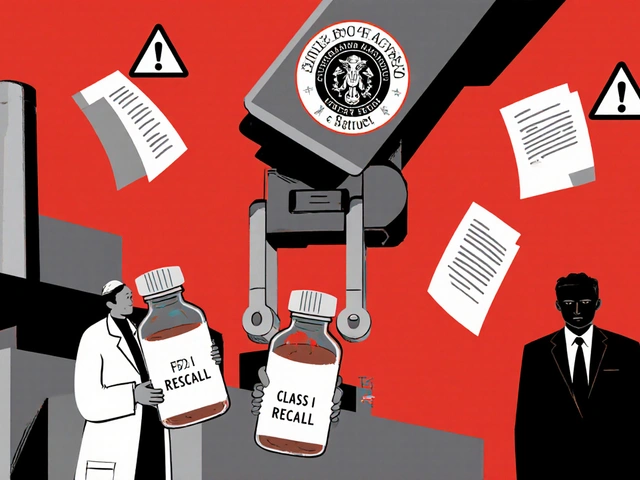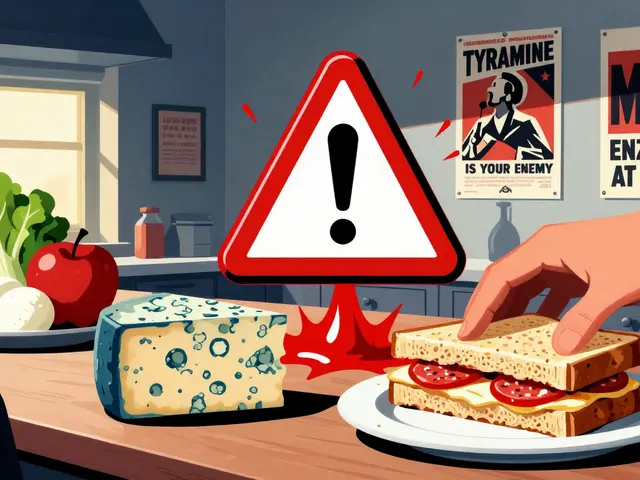Bronchospasm Treatment: How to Manage and Find Relief
Bronchospasm happens when the muscles around your airways tighten up, making it tough to breathe. You might notice wheezing, coughing, or a tight chest. It's most common in asthma, COPD, or allergic reactions. The good news is there are straightforward ways to treat it and get relief fast.
First off, bronchodilators are the go-to medicines for bronchospasm. These drugs relax the airway muscles, opening things up so air can flow easier. Short-acting inhalers work quickly for sudden symptoms, while long-acting ones help keep spasms away over time. Using your inhaler correctly matters a lot — it’s worth checking if you need a spacer or special technique to get the best effect.
Medications Beyond Bronchodilators
Sometimes doctors add corticosteroids to fight inflammation that triggers spasms. These can be inhaled daily or given as pills during flare-ups. If allergies cause your bronchospasm, antihistamines or avoiding triggers can help too. Some people find relief using magnesium or other supplements, but always check with your doctor first before trying anything new.
Non-Medication Tips for Relief
Besides medicine, lifestyle changes play a big role. Avoid smoke, pollution, and allergens that can spark bronchospasm. Staying active with breathing exercises can strengthen your lungs and improve airflow. When an episode hits, sitting upright and staying calm often makes a difference. Keep emergency meds handy if you’re prone to sudden attacks.
Bronchospasm can be scary, but understanding your options helps you take control. Whether it’s quick-relief inhalers or long-term care plans, the right approach depends on your specific needs. Talk to your healthcare provider about what works best for you and how to handle symptoms before they get worse. With smart treatment and good habits, breathing easier is achievable.





